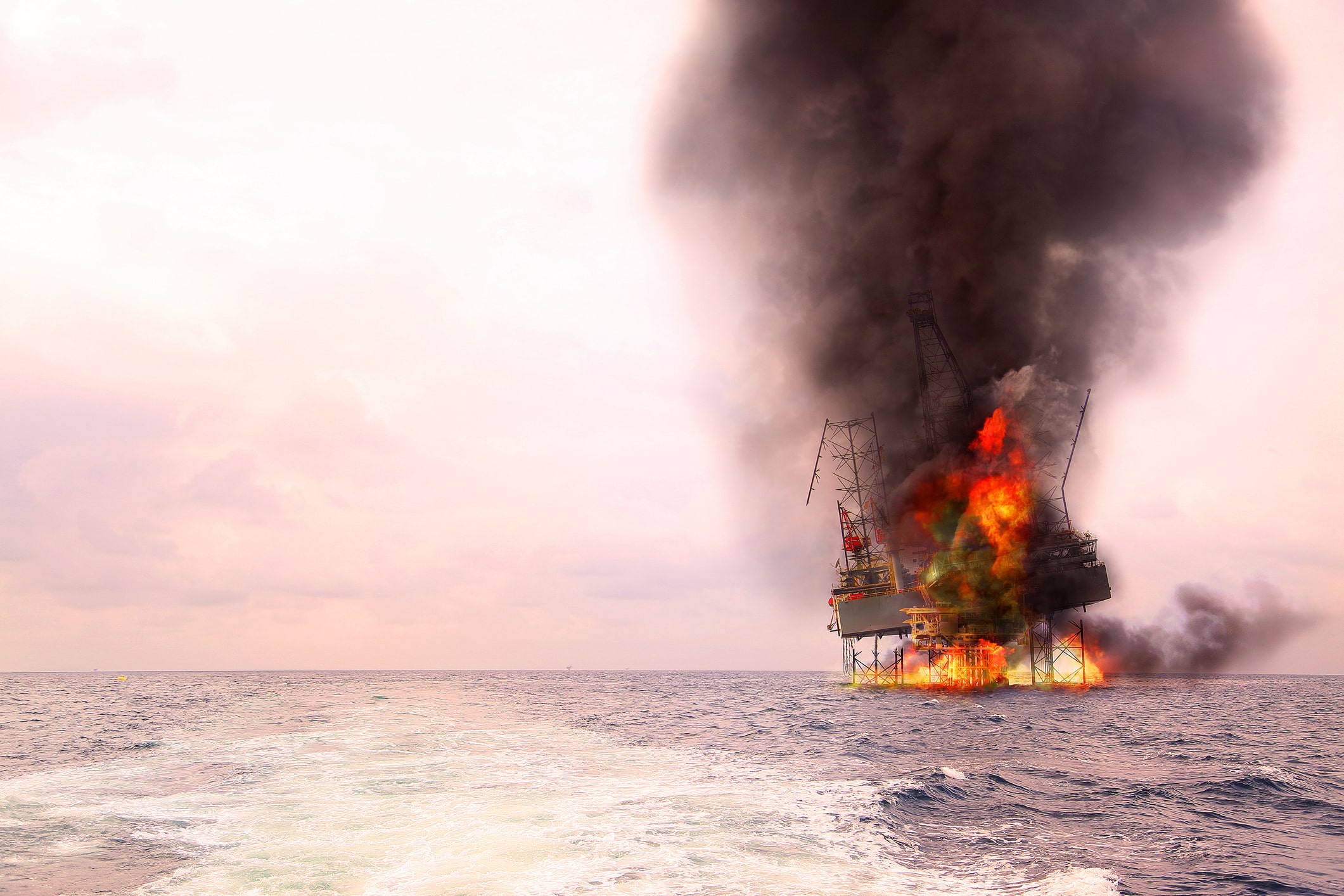On 20 April 2010 an explosion on Deepwater Horizon, an oil rig owned by an offshore-oil-drilling company Transocean and leased to BP, located in the Gulf of Mexico approximately 41 miles (66km) off the coast of Louisiana, created the biggest accidental marine spill in the history of the petroleum industry, also known as the Gulf of Mexico oil spill.
A surge of natural gas blasted through a flawed concrete core, recently installed to cap off a dormant well which extended approximately 18,000 feet (5,486 metres) into the rock. Once released by the fracture of the core, the gas shot up through the riser platform of the rig, where it ignited on the platform, resulting in 11 fatalities and 17 injured workers. Two days after the explosion, the rig capsized and sank, the damaged riser ruptured and began to belch oil into the ocean.
The spill lasted 87 days, releasing of 3.19m barrels of oil (roughly 134m gallons) into the gulf of Mexico. The resulting spill caused significant economic hardship for people living on the Gulf Coast and extensive environmental damage that still impacts the region today.
Although petroleum-giant BP was found responsible for the oil spill, the insurance industry felt its impact. Lloyd’s paid out over $600m in claims towards the disaster, BP’s total costs reached $40bn plus.
The spill and how it was handled had a lasting effect on the way environmental accidents are handled, with many regulators stepping up the severity of fines and punishments for the polluting companies at fault. Since that time Lloyd’s has seen many more requests for environmental liability cover, as general awareness of environmental risks, for companies of all sizes, increased. Many more products have been developed, to cover pollution events, including clear-up costs, environmental/natural resource damage, third party liability and emergency costs.
